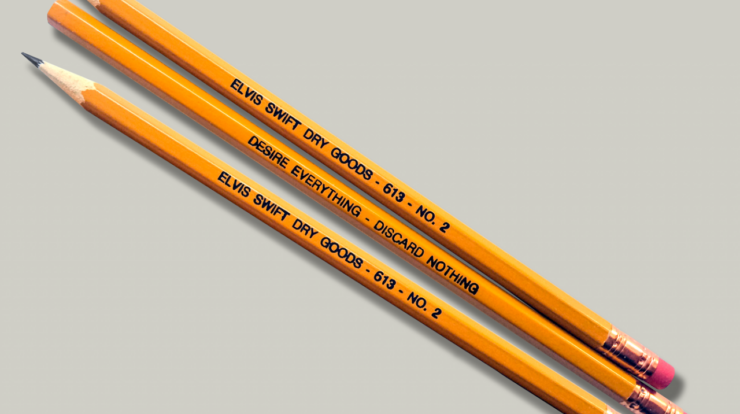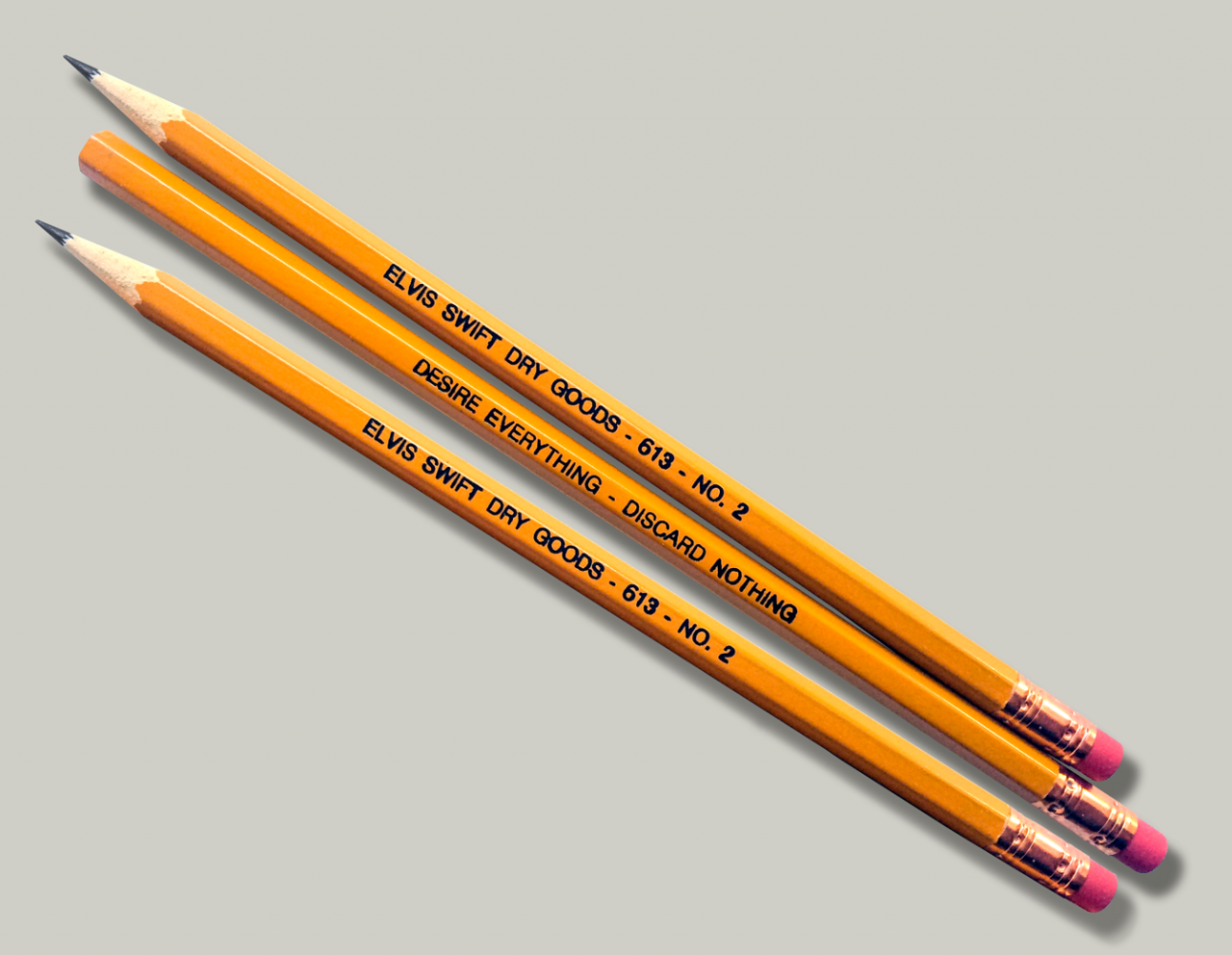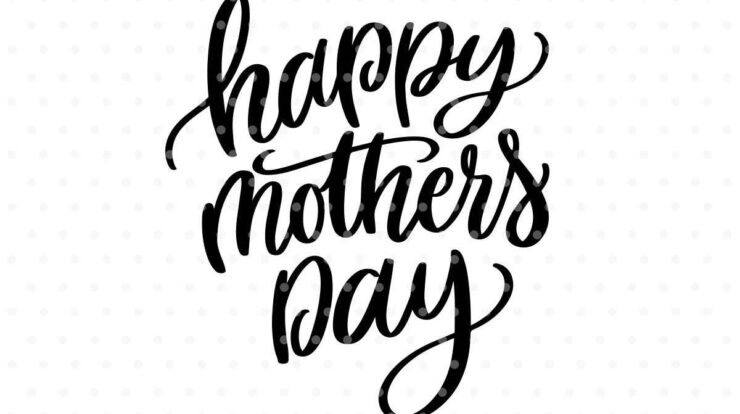
Pencil definition – Unveiling the essence of the humble pencil, we embark on a journey to unravel its definition, components, and the myriad ways it shapes our creative and practical endeavors.
From its etymological roots to its diverse applications, this exploration delves into the fascinating world of pencils, revealing their significance in art, writing, and beyond.
Definition and Origin

A pencil is a writing or drawing implement that consists of a narrow, solid cylinder of graphite enclosed in a protective casing, usually made of wood. The term “pencil” is derived from the Latin word “penicillus,” meaning “little tail” or “brush,” referring to the animal hair brushes that were used to apply ink before the invention of the pencil.
Components and Materials
A pencil comprises three main components: the graphite core, the wooden casing, and the ferrule (metal band) that holds the core in place. The graphite core is composed of a mixture of graphite powder and clay, with the proportions of each determining the hardness or softness of the pencil.
The wooden casing protects the core and provides a comfortable grip for writing or drawing.
Types and Classifications
Pencils are classified based on the hardness of their graphite core, indicated by a grading system. The most common grading system uses letters and numbers, with “H” denoting harder pencils and “B” denoting softer pencils. The higher the number, the harder or softer the pencil is.
For example, an HB pencil is medium in hardness, while a 6B pencil is very soft and suitable for sketching and shading.
Manufacturing Process, Pencil definition
The manufacturing process of a pencil involves several steps: mining the graphite, mixing it with clay, extruding the core, encasing it in wood, and finishing the pencil. Graphite is mined from underground deposits and then purified and mixed with clay to create the core material.
The core is then extruded into thin rods, which are encased in wooden slats. The wooden slats are glued together and shaped into the final form of the pencil, and the ferrule is added to secure the core.
Uses and Applications
Pencils are versatile tools used for a wide range of purposes, including writing, drawing, sketching, and technical drawing. They are popular among artists due to their ability to create a variety of tones and textures. Pencils have also been used to create famous artworks, such as Vincent van Gogh’s “Starry Night” and Leonardo da Vinci’s “Mona Lisa.”
Environmental Impact
The production and disposal of pencils can have an environmental impact. The mining of graphite can lead to soil erosion and deforestation, while the wooden casing can contribute to waste. However, there are sustainable practices and alternatives to traditional wooden pencils, such as recycled pencils and pencils made from alternative materials like bamboo or recycled paper.
Final Wrap-Up: Pencil Definition
As we conclude our exploration of the pencil, its enduring legacy as a versatile and indispensable tool becomes undeniable. Its simplicity belies its profound impact on countless aspects of our lives, leaving an indelible mark on history and continuing to inspire generations to come.
Top FAQs
What is the primary material used in pencil cores?
Graphite
What does the “H” in pencil grades stand for?
Hardness
What is the most common type of pencil used for writing?
HB





